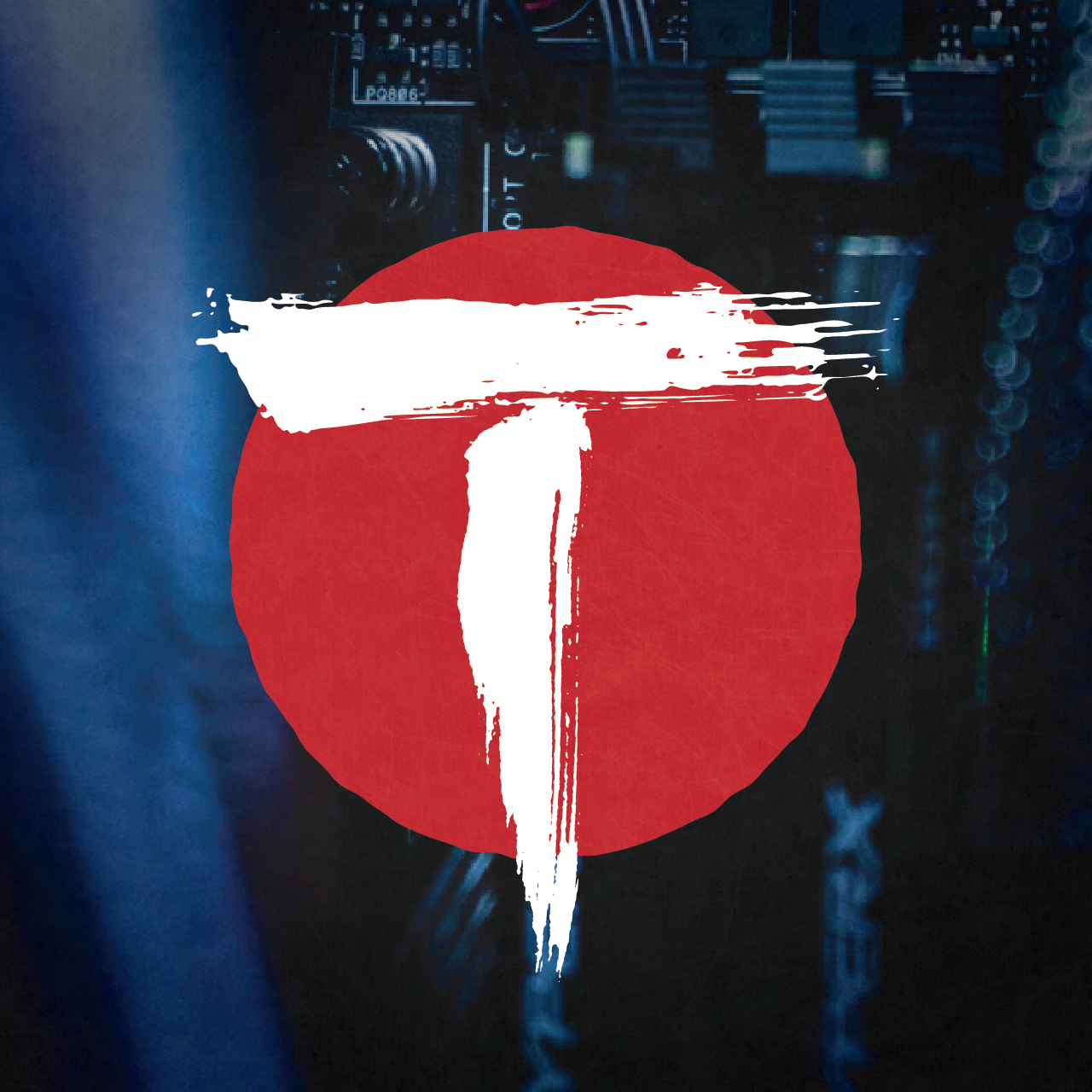An imperial unit (let’s remember we got this from the Brits who now say they’re metric… but are they?) is generally based on something in day-to-day life so they’re relevant. They would have probably been named in the late 40’s or early 50’s. So I suspect the they’d be based on ways data was transmitted then.
- 4 taps (like on a telegraph) = 1 character
- so 1 tap is 2 bits
- 1 sheet (like paper) = 13,000 characters
- so 1 sheet = 52,000 taps = 104,000 bits
- … etc
- 1 bankbox = 500 sheets = 26 million taps = 52 million bits
edit: fixed my maths
Aren’t morse characters are 1 to 3 taps long?
It’s 1 to 4 for the English alphabet, though only E is a 1 tap. I started with 3 taps = 1 character but then all the whole number in my examples go away.
Letters are 1-4, numbers are 5 taps
Ah, my mistake
- 4 taps (like on a telegraph) = 1 character
Today we have 64-bit computers (e.g. amd64), which descended from 32-bit computers (i386), which descended from 16-bit computers (Intel 8086), which descended from 8-bit computers (Intel 8008). Bit widths in our world naturally follow powers of two.
However, some 1960s computers used word sizes that weren’t powers of two. Both IBM and DEC, among others, made 18- and 36-bit systems. Suppose that computing had continued to follow a multiples-of-nine pattern instead of the powers-of-two pattern?
For one thing, hexadecimal is less common. If you’re writing 9-, 18-, 36-bit values, you typically write in octal, not hex. (In our world, Unix permissions modes are written in octal; Unix originated on the PDP-7, an 18-bit system.)
IPv4 addresses are 36 bits wide instead of 32, and you write them in octal instead of decimal.
localhostis700.0.0.1, and a typical LAN subnet mask is777.777.777.0.No hexadecimal means no
0xDEADBEEFor0xCAFEBABEjokes. However, memory or files that get overwritten with junk are said to be “525’d”, because binary101010101...is octal525252....
charwould be nine bits wide instead of eight. This affects the development of character sets.In our world, ASCII was originally a 6-bit encoding, expanded to 7-bits to support lowercase. IBM then extended it to 8-bits with code pages for different European languages, creating 8-bit PC extended ASCII. However, no single code page supports all European languages, to say nothing of non-European ones. This led to the invention of multibyte character encodings and ultimately Unicode.
In 9-bit world, multibyte characters are adopted earlier, using the high bit to indicate an extended character. Code pages don’t get invented; mojibake never happens.
With 36-bit
time_t, the Year 2038 problem doesn’t happen; thetime_t’s don’t wrap around until the year 3058!
A 3½" high-density floppy disk stores one megabyte of 9-bit bytes.
I always wondered why floppies had an oddball storage capacity. TIL
Marketing already does this. You always see sizes measured in songs, or battery life measured in movies.
Sizes measured in songs? Is my shirt size a “Sweet Home Alabama”?
“This hard drive can hold 200 HD movies!”
Sounds like an XXXL
And sleeveless! That’s the “sweet” part.
You know digital storage isn’t metric, right? It’s powers of two, not powers of ten. Since more of US Customary is based on powers of two than metric is, I’m confident in saying they’re already in Freedom Units.
Unless you’re a hard drive manufacturer, of course :)
Not really? They say kilo, mega, giga, tera, but they’re not actually 1000s of each other… they’re 1024 of each other.
No, the powers of 1024 are called “Kibibyte (KiB)”, " Mebibyte (MiB) and “Gibibyte (GiB)” (those are called “binary prefixes”). Gigabyte is 1000^3. This is why hard drive manufacturers use Gb instead of Gib, because it lets them sell a smaller drive with the same number before the prefix (2 TB < 2 TiB).
Prior to 1998, it was ambiguous, and some usages of the metric prefixes to denote 1024^n persist to this day (hello Windows). But nowadays any usage of 1024^n should absolutely use the binary prefixes.The difference between “should” and “do”. Windows is a huge market share, you can’t act like they’re some weird exception.
I mean sure, it’s true there’s still ambiguous usage. But that doesn’t change the fact that hard drive manufacturer use the powers of 1000, which is what the previous comment was about.
As SI prefixes, they’re all multiples of ten, technically speaking. So referring to 1,024 bytes as a kilobyte is incorrect, it’s 1.024 kilobytes or 1 kibibyte. Microsoft deciding to ignore industry and international standards is the reason for the confusion.
But either way, hard drive manufacturers will sell a 1TB drive, and Windows will see that as a 935GB drive - that’s basically the difference between 2^40 bytes vs. 10^12 bytes
deleted by creator
I thought how many “Library of Congress” would fit was the freedom unit of storage? https://blogs.loc.gov/thesignal/2012/03/how-many-libraries-of-congress-does-it-take/
We currently are, but not really. A gigabyte is 1024 megabytes, and a megabyte is 1024 kilobytes, etc. However macOS and hardware manufacturers use 1000 instead of 1024 to calculate storage space. So you could say Apple uses the metric version of storage and Windows uses the imperial version.
1 KiB is addressed by exactly 10 bits.
1 MiB is addressed by exactly 20 bits.
1 GiB is addressed by exactly 30 bits.
1 TiB is addressed by exactly 40 bits.
1KB is addressed by 9.9657842846621 bits.
1MB is addressed by 19.931568569324 bits.
1GB is addressed by 29.897352853986 bits.
1TB is addressed by 39.863137138648 bits.
I know which one looks cleaner to me…
Technically a gigabyte is 1000 megabyte. Megabytes are 1000 kilobytes and kilobytes are 1000 bytes. Which are all proper metric units but sadly don’t make any sense. So datasystem manufactures and computer generally calculate with their proper counterparts that you mentions gibibyte mebibyte and kibibyte which sre actualy 1024 of their previous ones. Small but crucial difference.
You could say Windows and Linux use the real size, while Apple and Manifacturers lie to you lol
Nothing metric about that
If metric is against binary, I don’t want to be metric.
I mean, it is a decimal system, but I feel like the spirit is there.
Storage could be measured in what is needed for various files. They would have to be of various sizes, but not linearly increasing much like inch, foot, yard.
Launch Codes, Pledge of Allegiances, Constitutions, God Bless the U.S.As, Average individual’s Patriot Act file (Pafs for short), etc.
Freedom binary digits are 7 and 4 🇺🇸









